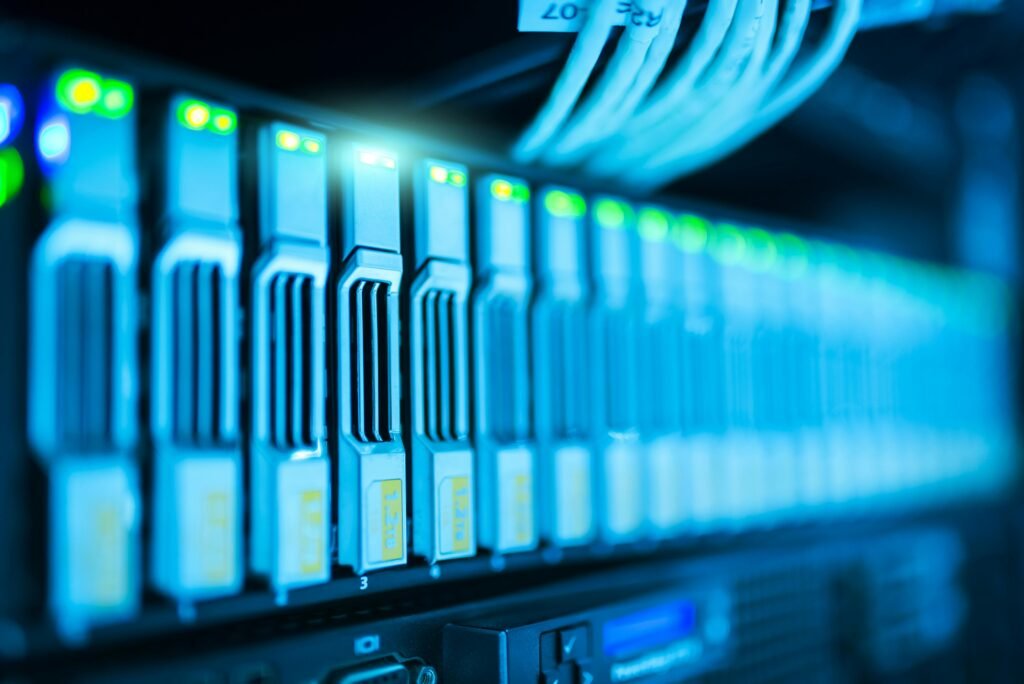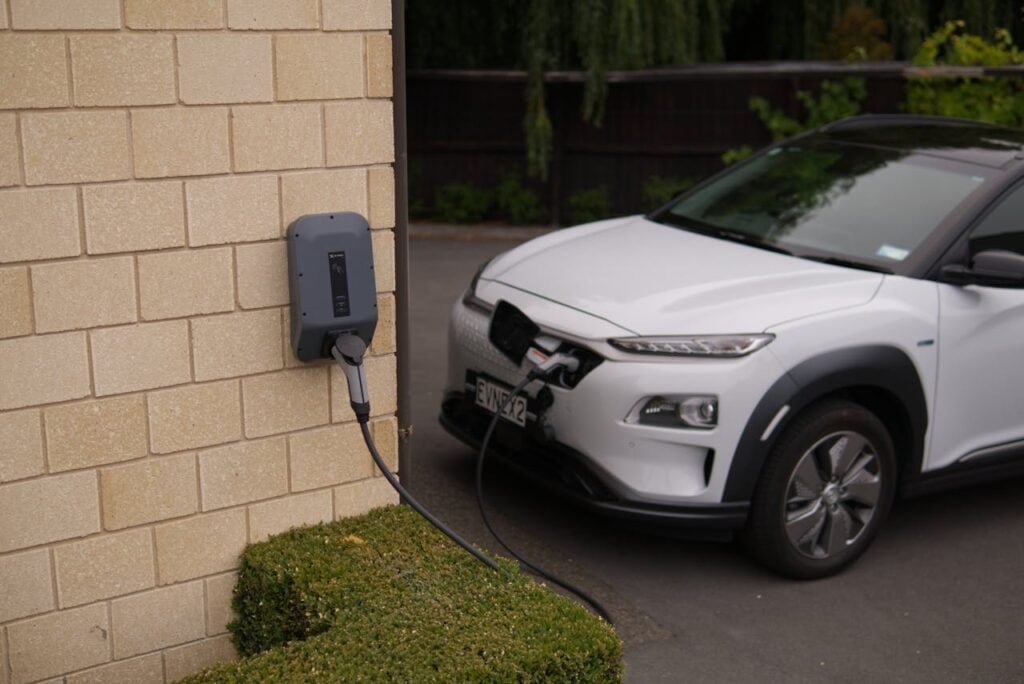What is Smart Irrigation?
Smart irrigation systems are simply high technology advancements in agricultural technology and land management, applying new ideas for optimal water usage for plant health. Basically, a smart irrigation system uses sensors, timers, and automated controllers in order to provide appropriate amounts of water to every plant according to its needs. This technology enables water application in a more efficient manner than in traditional methods. This way we can ensure significant waste reduction and savings of natural resources for future use.
The main components of smart irrigation systems are soil moisture sensors, weather data integration, and programmable irrigation controllers. Soil moisture sensors are strategically placed in the ground to monitor the moisture levels in the soil. Upon analysis of this information, the system can decide when watering should take place to ensure that the plants do not receive too much water. Also, by integrating weather data, smart irrigation systems can adjust watering schedules based on rainfall, temperature, and humidity. This further increases the efficiency of irrigation.
Timers and automated controllers really help in maximizing the benefits of smart irrigation systems. These devices can be programmed to work at optimal times-early in the morning or late in the evening when evaporation rates are minimal, and there is a minimum demand on the available water. Thereby, it reduces water consumption while ensuring sufficient moisture is delivered to plants for their growth.
Smart irrigation systems are much more practical for purposes of irrigation both in a residential garden and for large-scale agricultural operations, especially, when we are seeing water scarcity problem around the problem. Adopting these advanced technologies will help the users save lots of water, decrease the costs associated with irrigation, and even ensure healthier growth of plants. Integration of these system shows a commitment to sustainability. At the same time, it is also a proactive approach for better management of resources when the climate is changing around us.
How Smart Irrigation Systems Work
Smart irrigation systems are designed to make better use of water. Smart irrigation has the various constituent parts that work in harmony with each other to attain optimal watery practice. Smart irrigation systems primarily contain moisture soil sensors, which are essential for the monitoring of moisture levels in the soil. These moisture sensors gather real-time data. Hence, it gives the information on whether the soil requires more moisture or not. That helps prevent overwatering and underwatering, as the watering process is more targeted and accurate.
Weather stations are the other component in smart irrigation systems. Weather stations will take into account rainfall, humidity, temperature, and wind speed. The information collected can help the system adjust its schedule based on the data acquired. For example, if it has rained, the system could either suspend watering or reduce it, which would be a good way to use fewer resources. Weather information would help to ensure that irrigation is only done when it is necessary, meaning these systems are not only inexpensive but also friendly to the environment.
The collected data by both the soil sensors and weather stations is processed at a central control unit. It is the brain of the smart irrigation system and receives real-time inputs to utilize algorithms about the best timing and quantities of irrigation. This system can be accessed by the users often through mobile apps or web portals, offering added convenience. Its connection allows the owners to monitor and make adjustments remotely so that their practice of watering would not be compromised when they are physically away from their property.
The combination of soil moisture reading and analysis on weather conditions forms a sophisticated and responsive system that greatly improves the efficiency of irrigation. Based on understanding the working of smart irrigation systems, users can appreciate the technology in such practices of the water management system and the vital contribution it makes toward saving this valuable resource.

Benefits of Using Smart Irrigation
Smart irrigation systems provide various benefits that greatly support the proper management of water applied for purposes such as home gardens, farms, and landscaping.
Water Saving
One of the most significant advantages is water saving. Traditional irrigation methods mostly lead to wastage of water via overwatering or poor delivery infrastructure. In contrast, smart irrigation employs technological benefits such as soil moisture sensors and weather forecasts to deliver the exact requirement of water at the right time and place. It decreases water usage considerably and is necessary in areas where water scarcity is at an all-time high.
Lower Costs
In addition to conserving water, smart irrigation can lead to lower costs. The data-driven approach can optimize water use and lower utility bills. Over time, these systems can lead to significant savings for homeowners, making them an economically viable option. Beyond cost-cutting measures over water, smart irrigation can enhance the yield and quality of crops because each plant gets its needed moisture levels without excess.
Optimized Plant Health
Optimized plant health is yet another key benefit of smart irrigation systems. This is because they allow monitoring the needs of specific plants in order to provide the best conditions for optimal growth. For example, a residential garden will flourish if it gets customized watering patterns for different plant types. Likewise, in agricultural settings, crops can develop deeper roots and higher resistance to pests and diseases when irrigated appropriately. Therefore, smart irrigation technologies are now becoming popular due to the high demand for sustainability and efficiency. Looking at all these benefits, it is clear why smart irrigation has garnered immense popularity between homeowners, farmers, landscaping professionals, and many others.

Getting Started with Smart Irrigation Systems
Implementing a smart irrigation system starts by assessing your specific watering needs. It is first important to know the special needs of your landscape, including such elements as plant variety, soil conditions, and local climate. A detailed survey of your garden or lawn is a means of obtaining this information. Start with an identification of the areas that require water and then specify types and quantities of plants that need irrigation. Knowing these components will enable you to choose the right smart irrigation setup suitable for your area.
After knowing your water requirements, the following step is to research some of the smart irrigation systems in the market. Drip irrigation and sprinkler systems are the most common but there are much advanced ones that read with weather information and the moisture in the soil. Hence, one needs to choose the correct system that may include budget, size of area requiring irrigation, among other features that might benefit your setup. For example, some systems offer programmable schedules, while others offer real-time adjustments according to present weather conditions or soil moisture levels.
Once the right system is selected, installation becomes possible. Most smart irrigation systems are DIY installation, with user manuals and video installations to guide you through the process. Alternatively, hiring a landscape irrigation specialist may help you set up your smart irrigation system to optimal functionality according to your landscape needs. It is equally necessary to apply simple maintenance techniques to prolong your smart irrigation system’s lifespan. Regularly check for blockages in the system, ensure sensors are functioning correctly, and adjust the settings as needed to reflect seasonal changes. These steps will help you maximize water efficiency and promote healthy plant growth.
Do share your thoughts by commenting below.






